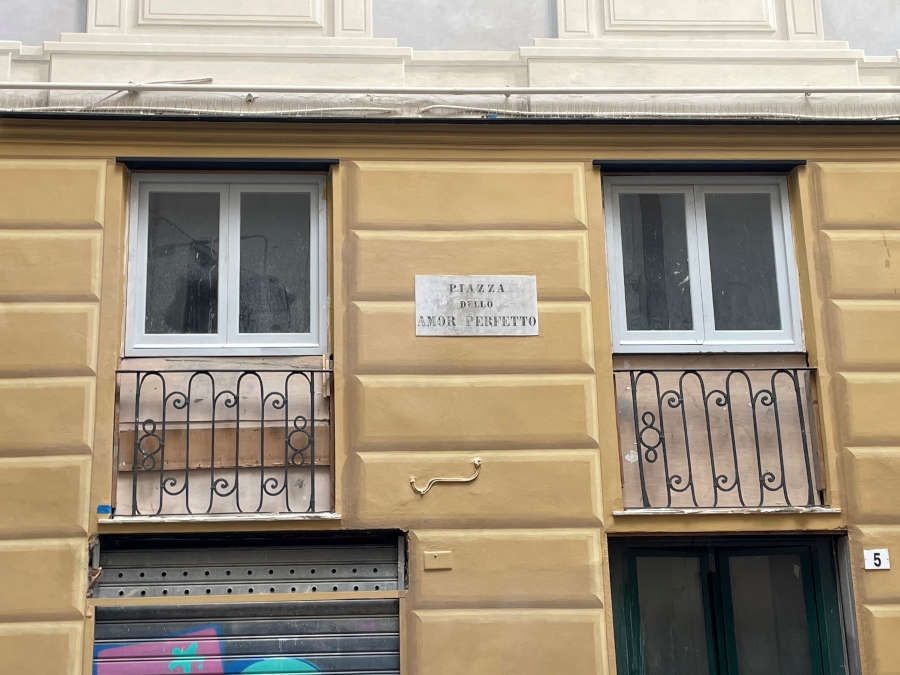10 Places for Women’s Day in Liguria
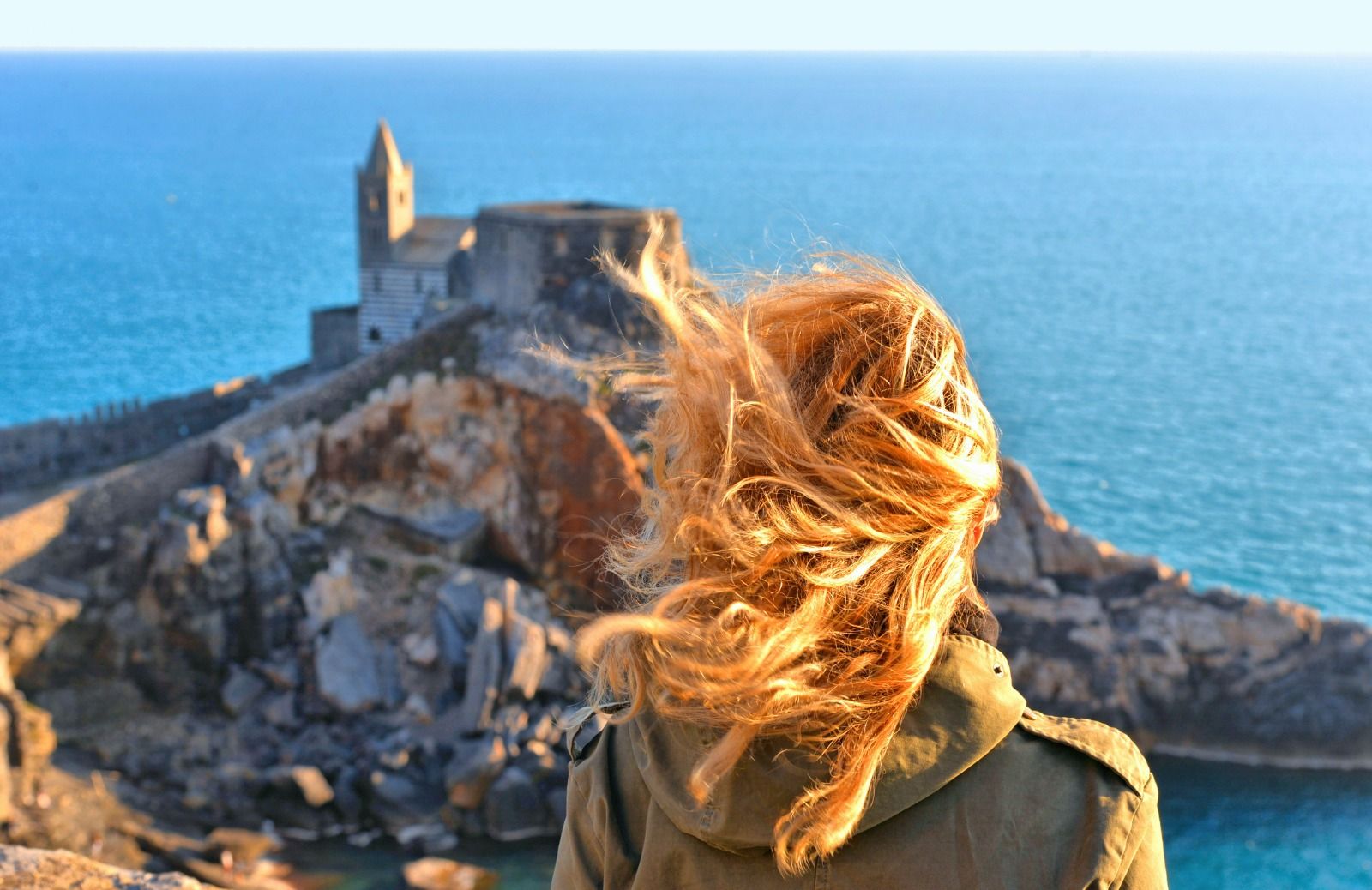
Here are some Ligurian places that tell stories in which women are the protagonists!
The Places of Blanca, Petra, and Livia
There are many TV series filmed in Liguria that have a woman as the protagonist. The first, among the fictional women, was Livia Burlando, the historic girlfriend of Commissioner Montalbano. A native of Genoa’s Boccadasse, thanks to the pen of Andrea Camilleri, she captured the readers of the literary saga first and then those of the television series, largely portrayed by Sonia Bergamasco. She introduced Boccadasse, a place Camilleri himself loved very much, as he mentioned in several interviews. But in recent years, other women have been the protagonists of equally successful TV dramas that have revealed the city and Liguria. Then, in chronological order, came Petra, played by Paola Cortellesi: many aerial shots of Genoa, the Zecca-Righi funicular Petra takes from home to the police station and back. And above all, the alleys, with their labyrinths and mysteries: in the four episodes of the second season, many of the cases to be solved are set among the dark caruggi of the old city. Last – at least until today – is Blanca, played by Maria Chiara Giannetta, with the sets for the new shots of the successful series that have involved Camogli and especially Genoa, between Piazza Matteotti, Piazza San Matteo, Piazza Fontane Marose, and downtown, around the fountain of Piazza De Ferrari.

The Genoa of Princesa, in Piazza Don Gallo
The music of Fabrizio De André will inevitably lead you through the alleys and then to Piazza Don Gallo, to Princesa. Princesa was actually named Fernando Farias de Alburquenque and was born in a small village in Brazil. Since childhood, he was delicate and understood that he was not like the other children, so he endured all kinds of ridicule from his peers. He found his true nature by fleeing to Fortaleza and then to São Paulo, in the vast community of transvestites who prostituted themselves to survive poverty. Hormonal treatments and plastic surgery made him increasingly similar to how he felt inside, a woman, so striking and beautiful that others started calling her “Fernanda Princesa“. Her move to Italy, to Rome, saved her from the violence of the underworld but created problems with the law, and she ended up in prison for attempted murder of her landlady who had lost all her money. Upon her release from prison, she arrived in Genoa as a guest of Don Andrea Gallo and there she met Fabrizio De André who wrote the song that bears her name. Today, there is a plaque dedicated to her in Piazza Don Gallo, home to Princesa association for transgender rights, which fights against transphobia and homophobia.
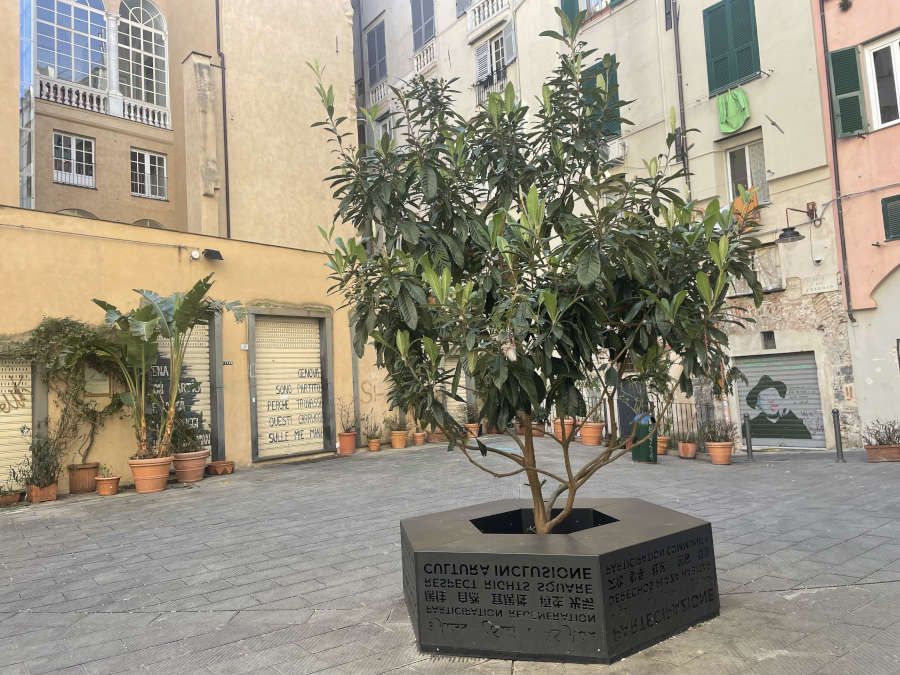
The Story of Natalina Garaventa, Mother of Frank Sinatra
She left at the age of 7 from Rossi di Lumarzo as Natalina Garaventa, born in the village of Fontanabuona on Saint Stephen’s Day in 1897, to become Dolly Sinatra, the mother of the great Frank Sinatra. But Natalina-Dolly, a migrant out of necessity, was much more: she became very influential when in the USA she decided to engage politically alongside Ligurian immigrants in the Democratic Party of New Jersey. She used her knowledge of Italian dialects and her fluent English to translate for immigrants during legal proceedings, especially those related to citizenship applications. Then, in 1915, she married firefighter Antonino Martin Sinatra, a former Sicilian boxer from Lercara Friddi: it was not an easy marriage, as her family opposed it, and the two married in great secrecy on Valentine’s Day at the town hall. In 1919, she chained herself to the town hall in support of the women’s suffrage movement and was always a point of reference for many Italians seeking redemption. A courageous woman, she never gave up on remembering her Ligurian origins, of which she was proud. Her son, destined to become “The Voice,” adored her and often trusted only his mother’s advice. In Lumarzo, in her honor, there is a plaque at Rossi, and every year there is an event dedicated to Sinatra’s Ligurian origins, with singers and musicians performing the songs that made him immortal.
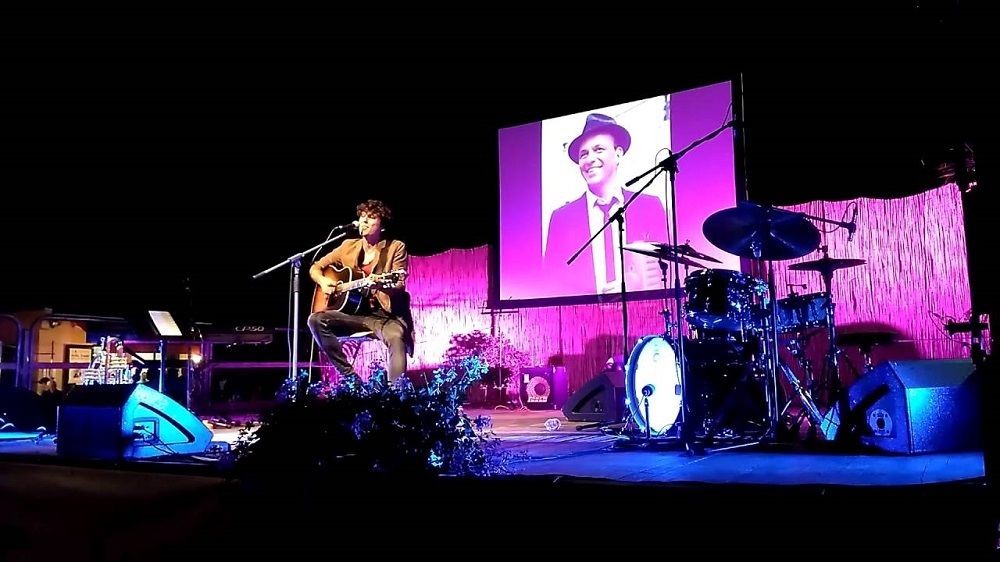
Marguerite Duras and the Cliff of Bocca di Magra
“A great white cliff in the middle of the sea… flat, beautiful like a palace. A cliff detached from the mountain (the Apuan Alps) during the early cracks of the continent, when the sea poured over it.” This is how Marguerite Duras describes the magical place of her life in the text of the theatrical work “Savannah Bay”: Bocca di Magra. Here, the great French writer, author, and director spent happy summers, and here she set her novel “The Sailor from Gibraltar” and in Bocca di Magra, as a guest of Einaudi, she is remembered in the 1950s by Inge Feltrinelli: “Marguerite spent every summer in Bocca di Magra, with Elio Vittorini. For her, Italy was Vittorini and Bocca di Magra was her paradise.” “The cliff really exists,” Duras replied to a journalist, “it’s part of my youth, of a vacation from my youth, near Sarzana, where the Magra River meets the sea.” Most likely, the actual place is the cliff that encloses the Punta Corvo beach, which is a place of rare beauty; to reach it, you have to descend a steep path and hundreds of natural steps overlooking the sea. In Bocca di Magra, Marguerite also found love in August 1946. Even in the novel “The Little Horses of Tarquinia” from 1953, she recounts holidays spent in Bocca di Magra.
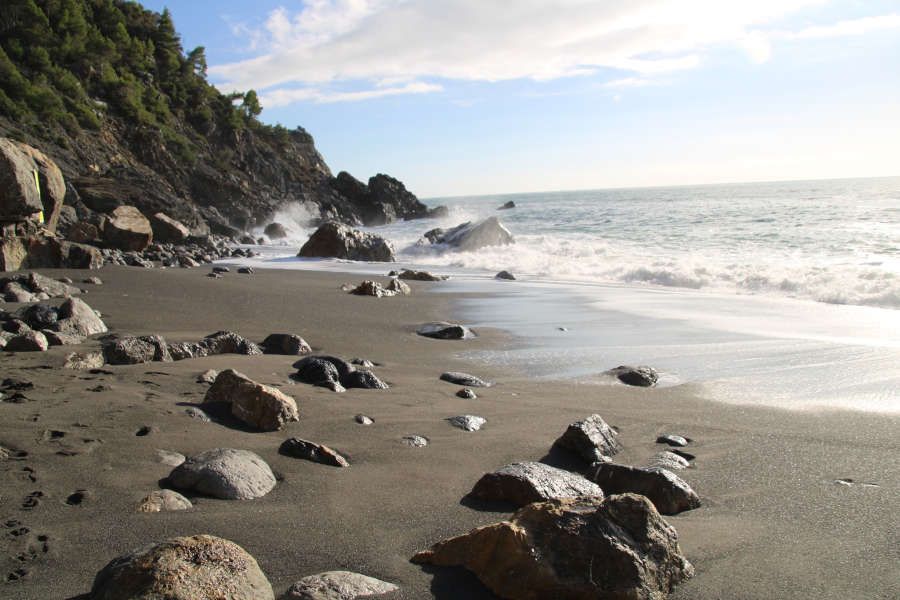
The Anita Garibaldi Promenade
The Passeggiata Anita Garibaldi in Genoa Nervi is where Genoese women go when they want to start or end their day well. The sunrises from this elegant promenade are thrilling, the sunsets are dramatic. On one side, to the west, is the Nervi Marina; on the other, to the east, are the parks with their green canopies. Walk along it until you find the plaque dedicated to her and the one for the Russian poet Marina Tsvetaeva, a brilliant and unfortunate Russian poet who stayed here as a child, from November 1902 to May 1903. It is no coincidence that this place, once a path for fishermen and farmers, has become a real seaside promenade named after one of Liguria’s and Italy’s most important women, Anita Garibaldi, also known as Ana Maria de Jesus Ribeiro, the wife of Giuseppe Garibaldi, known as the “heroine of two worlds.” The two met in Brazil during a popular uprising, and from then on she followed him and participated in all his enterprises, fighting with him until the tragic experience of the Roman Republic, and eventually dying, exhausted, during the retreat near Comacchio on August 4, 1849.
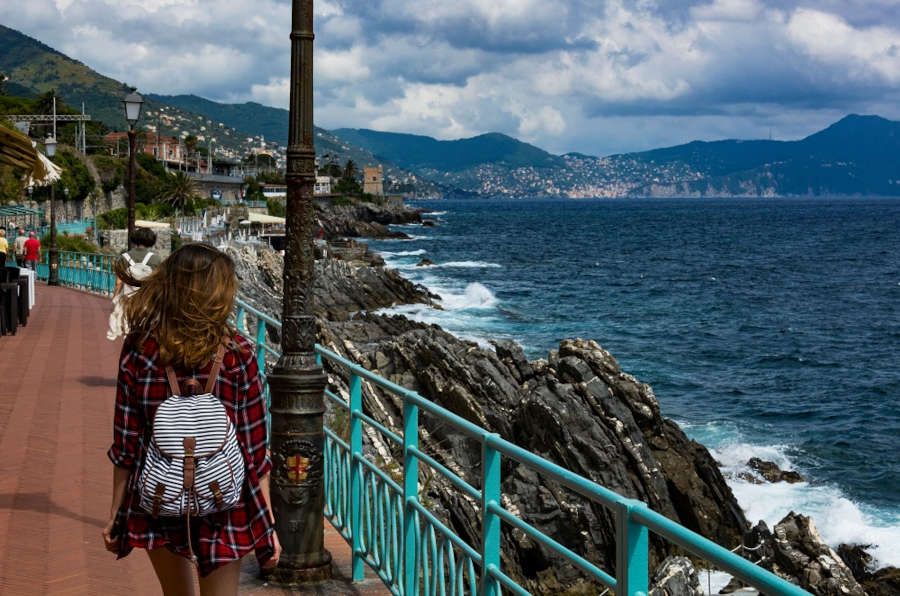
San Terenzo di Lerici: at Mary Shelley’s House
“The place was too beautiful and didn’t seem of this earth: the distance from any form of civilization, the sea at our feet, its incessant murmuring… Everything invited the mind to contemplate strange thoughts. A sort of enchantment surrounded us.” With these words, Mary Shelley describes, in her diary, the bay of San Terenzo di Lerici. The English writer, daughter of the libertarian philosopher William Godwin and Mary Wollstonecraft, one of the first to proclaim women’s rights, arrived in San Terenzo in the summer of 1822 with her husband, the poet Percy Bysshe Shelley, her stepsister Claire Clairmont, and Edward Williams, a skilled seaman. Percy had rented Villa Magni, an elegant villa still on the Lungomare of San Terenzo, right in front of the shoreline. The author of Frankenstein, a precursor to science fiction gothic novels, spent happy hours there, although their presence did not escape the locals who were scandalized by their audacious habits, nor could she escape for long from the anger of her family of origin: Percy B. Shelley was already married, and this was not well-received by Godwin. Unfortunately, the stay ended tragically with Percy’s shipwreck and death on July 8, 1822.
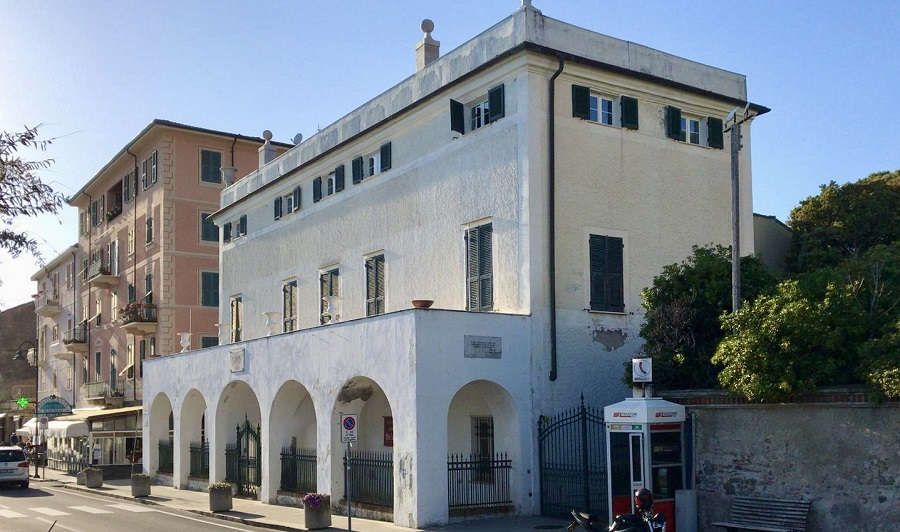
The Empress’s Promenade in Sanremo
A dive into the sunshine of Sanremo, just steps away from the Casino and the Russian Church: the Empress’s Promenade is among the must-visit places when exploring the City of Flowers. But who is this Empress? Why is this place dedicated to her? It’s because of the Empress of Russia, Maria Alexandrovna, wife of Tsar Alexander II, that Sanremo and the Ligurian Riviera owe much of their beauty and image. After a long stay in Sanremo in 1874, she donated a large sum of money to adorn the city with palm trees that characterise it today. Today, her bust still enjoys the sun among the palm trees along the promenade, just as she and many of her countrymen did in the late 1800s, like the great writer Lev Tolstoy or the musician Tchaikovsky, along with the large Orthodox community that fell in love with the Riviera during those years. At the end of the promenade, there is another statue that certainly couldn’t be missing in Sanremo: the Spring.
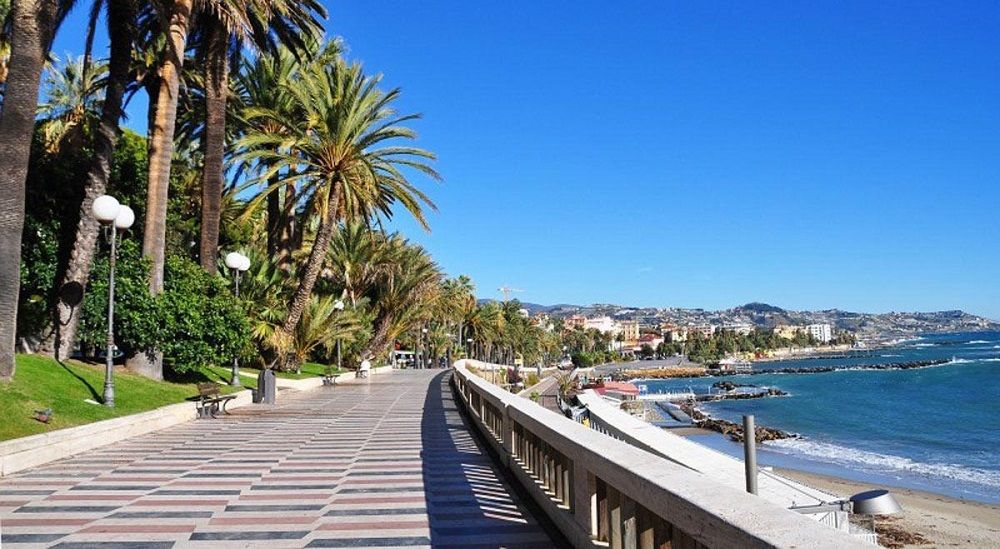
Villa Durazzo Pallavicini: In Clelia’s Garden
A scientist in the 18th century? Something rare, destined to become an example, as indeed is Marchesa Clelia Durazzo Grimaldi, the first female botanist, a symbol of female emancipation, recognised by the international scientific community, which at the time was composed entirely of men. She left the beautiful Botanical Garden to the city of Genoa, nestled within the fantastic park of Villa Durazzo. For science, she compiled a collection of 550 scientific works, of which only the manuscript catalog remains at the Berio Library in Genoa, with the herbarium now preserved at the Natural History Museum of Genoa. The Botanical Garden, which was long one of the most interesting in Europe, was established in 1794 at the marchesa’s own initiative, considered one of the foremost botanists in Europe at the time. Upon her death, both the villa and the garden were inherited by her nephew, Ignazio Pallavicini, who was responsible for constructing the spectacular romantic park, unique in the world. The garden, inaugurated in 2004, covers 4,500 square meters of exhibition space and cultivates around 1,500 species. There are four large greenhouses, one dedicated to Palms and useful tropical plants (cacao, banana, pineapple, tobacco, papaya), one for aquatic plants, a third for ferns, and a fourth, named for its train-like shape, capable of hosting a wide variety of succulents, carnivorous plants, and orchids. Today, alongside the botanical garden dedicated to her, anyone wishing to immerse themselves in beauty can visit the scenic park of Pegli, beautiful in every season but fantastic in spring when among the blooms is the exceptional Camellia Avenue.
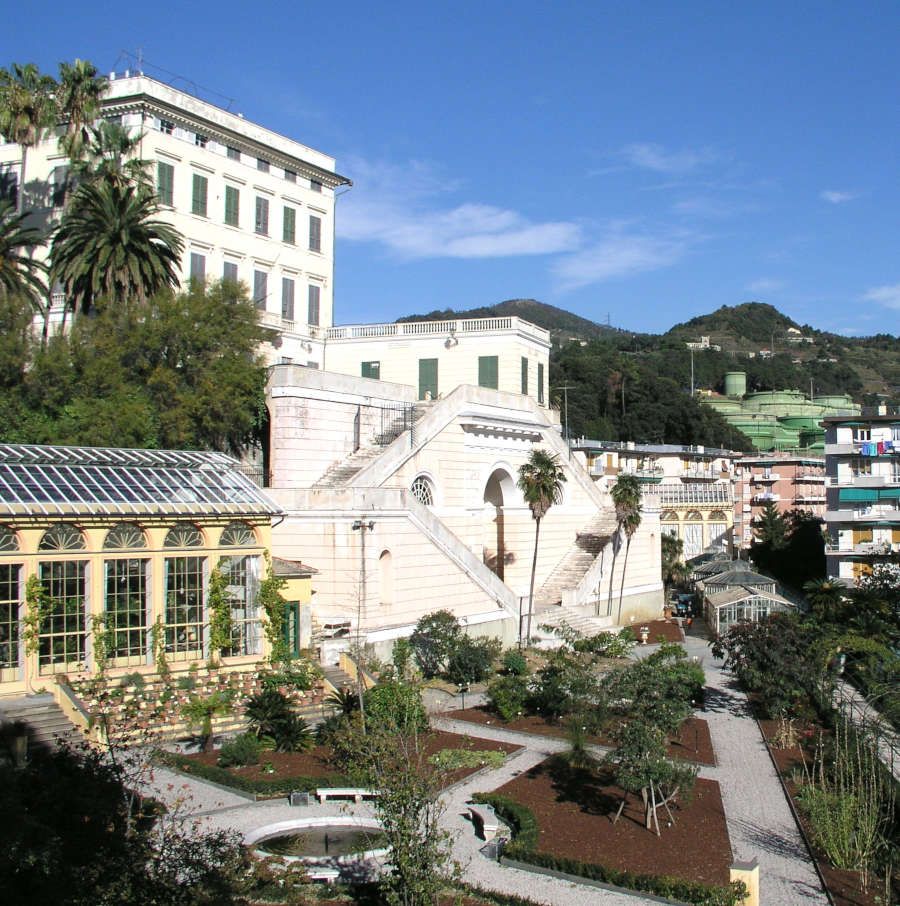
Simonetta Cattaneo, the most beautiful woman in the world
The most beautiful woman in the world was born in Genoa or Portovenere, but she certainly got married for the first and only time in the capital, under the arches of the church of San Torpete, as the parish archives recall. It was 1469, and the bride, still only sixteen, could not have imagined what her destiny would be: a short life that faded away at the age of only 23; but immortality through art. Because that woman was Simonetta Vespucci (born Cattaneo), who was considered the most beautiful woman of the Renaissance; she enchanted Sandro Botticelli, who wanted her as a model for his famous paintings “Primavera” and “The Birth of Venus“, a painting that according to some experts and art historians has the Gulf of Poets as its background. In Florence, where she moved with her husband Marco Vespucci, a distant cousin of the navigator Amerigo Vespucci, she captivated many men and probably became the lover of Giuliano de Medici, who after her death loved no other woman. When she died on April 26, 1476, at the age of only 23, Lorenzo the Magnificent dedicated a poem to her, while Sandro Botticelli asked to be buried at her feet. Of the Genoese marriage in San Torpete, a noble church in the heart of the historic center, it is remembered that Simonetta married in the presence of the Doge of Genoa and all the city’s aristocracy. Today, it is often the case that couples who wish to marry choose to do so here, where the most beautiful woman in the world tied the knot.
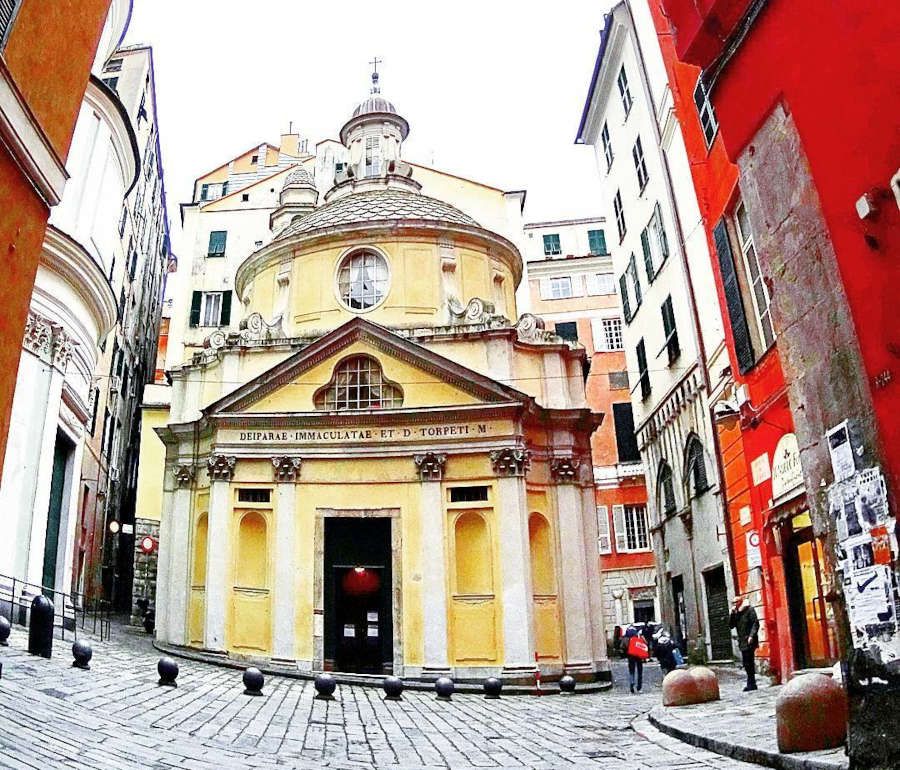
Triora: The Truth About the Witch Trials
There are places significant to women’s history, even though they represent an abuse of power suffered by the female figure. Triora is one of these, due to the famous but tragic witch trials that took place between 1587 and 1589. A village of ancient traditions and ancestral knowledge, Triora was struck in the late 1500s by a terrible famine, for which some women were blamed. The victims were often healers or experts in folk medicine accused of performing satanic rituals and demonic Sabbaths in the area of Cabotina. The intervention of the Inquisition was requested, and a real witch hunt began in the village, leading to the arrest of about twenty women. Thirteen confessed and were imprisoned in the “Casa delle streghe” (House of Witches), but their confessions were extracted under torture. One of them, sixty-year-old Isotta Stella from a noble family, died shortly after, while another, desperate, died by throwing herself from the balcony. With the arrival of the inquisitors from Genoa, four women were sentenced to death by burning, while thirteen were transferred to Genoa and imprisoned. Subsequently, the trial underwent a revision, and the Doge of Genoa requested the Holy Office to conclude it. On April 23, 1589, the matter ended with no resolution and the release of the imprisoned women.
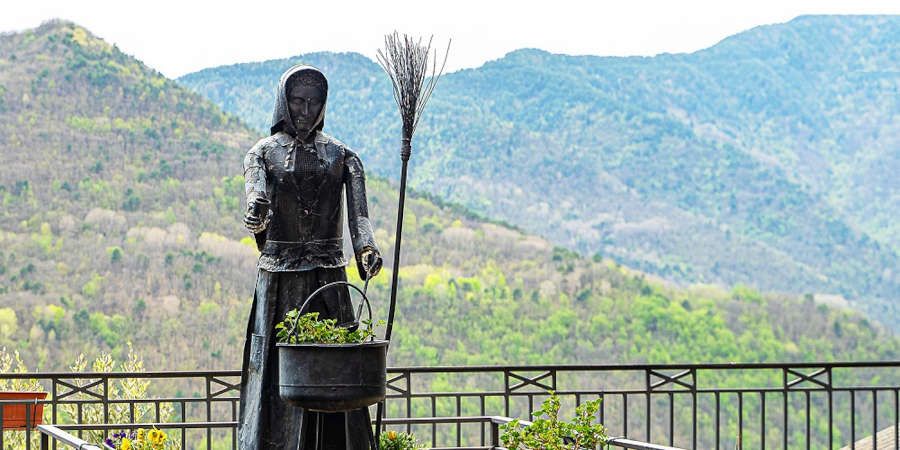
The (Almost) Perfect Love of Tommasina Spinola in Genoa
It is said that perfect love is that which is from afar. Or is it? The last (and eleventh) place tells the story of a love in the alleyways of Genoa. In Genoa, nestled in the alleyways just past the Old Port and the Aquarium, you’ll find Piazza Banchi, where you’ll also find Piazza dell’Amor Perfetto. Here lived Tommasina Spinola, a young member of the Genoese nobility who, at a ball in 1502, met King Louis XII of France. Those few moments with the sovereign, passing through Genoa during one of his numerous “Italian wars,” were fatal to Tommasina’s heart, already married to Luca Battista Spinola: she fell desperately in love with the king, in those times love was platonic, pure, an understanding in Genoese, not necessarily physical, today one would say “virtual.” Tommasina forever surrendered her heart to Louis XII, so much so that when the “fake news” arrived in Genoa that the king had died in the battle of Cerignola, she died of a broken heart. Informed of the event, King Louis XII, arriving again in Genoa, decided to see the house where Tommasina had breathed her last. From that moment, that small square, in the heart of the historic centre, is called “Piazza dell’Amor Perfetto” (Square of Perfect Love).
